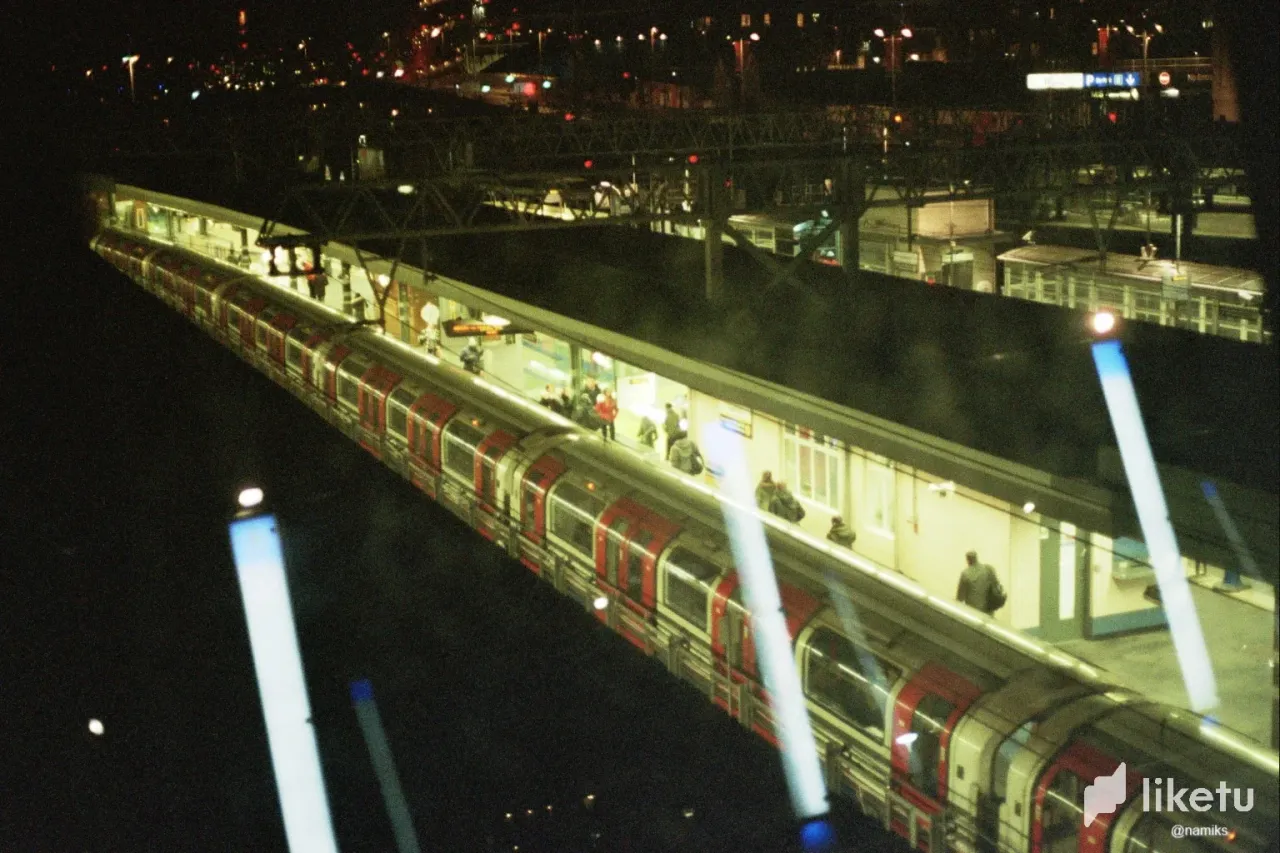
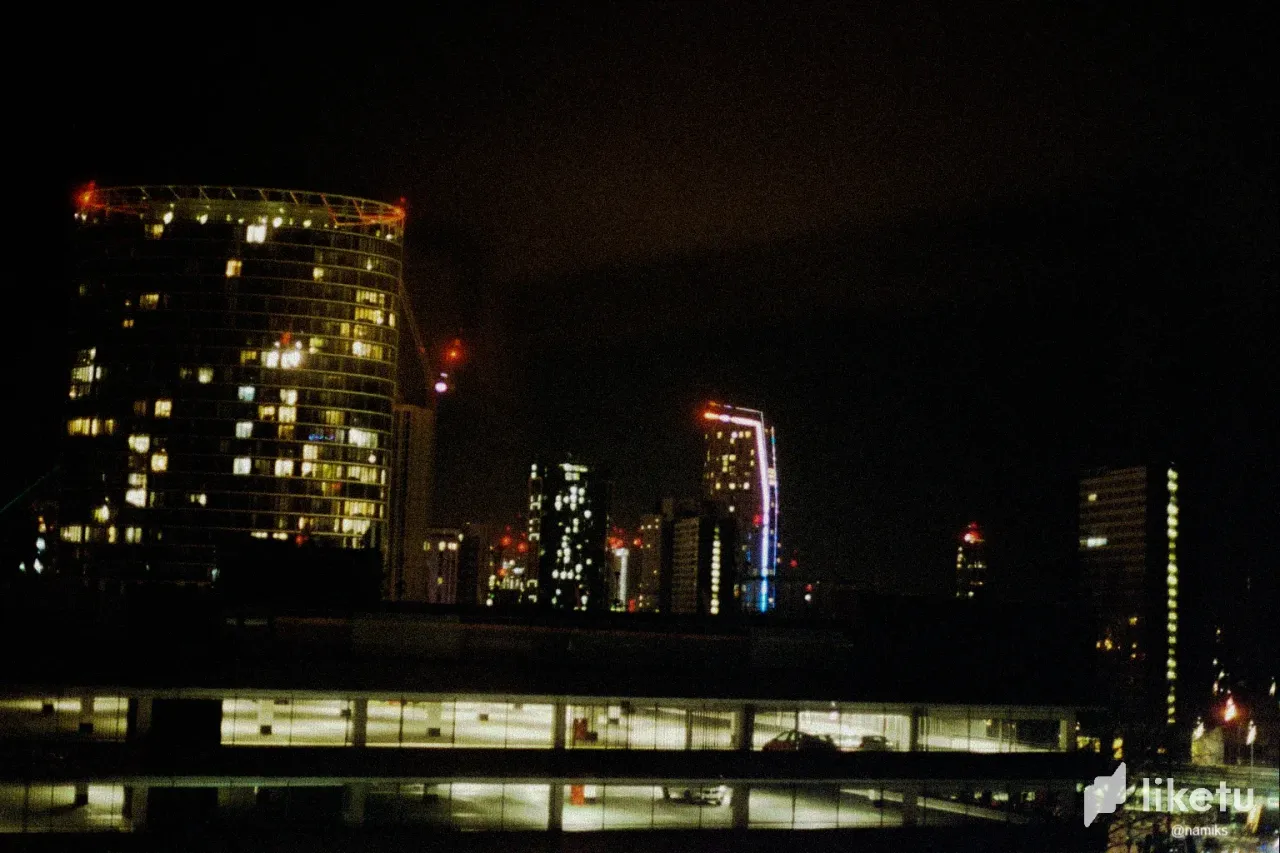
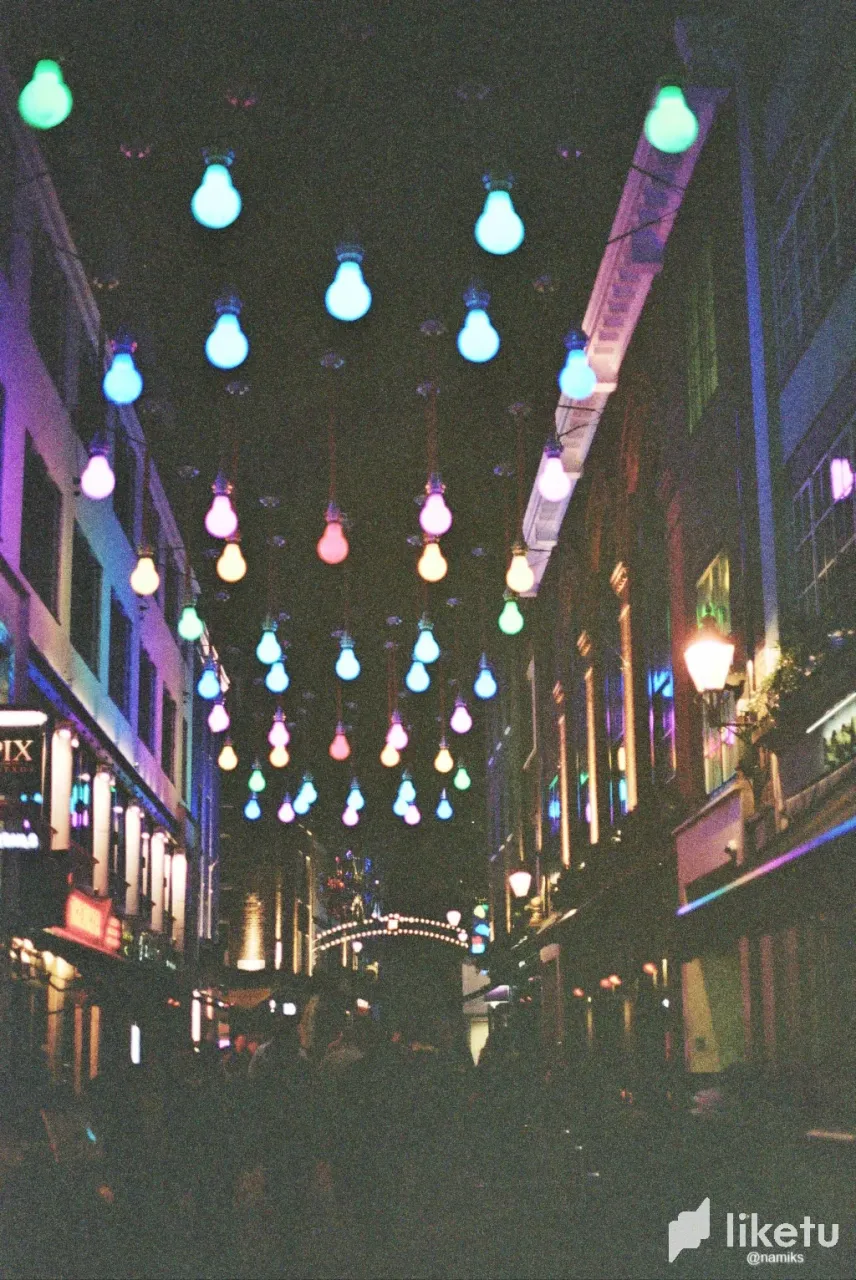
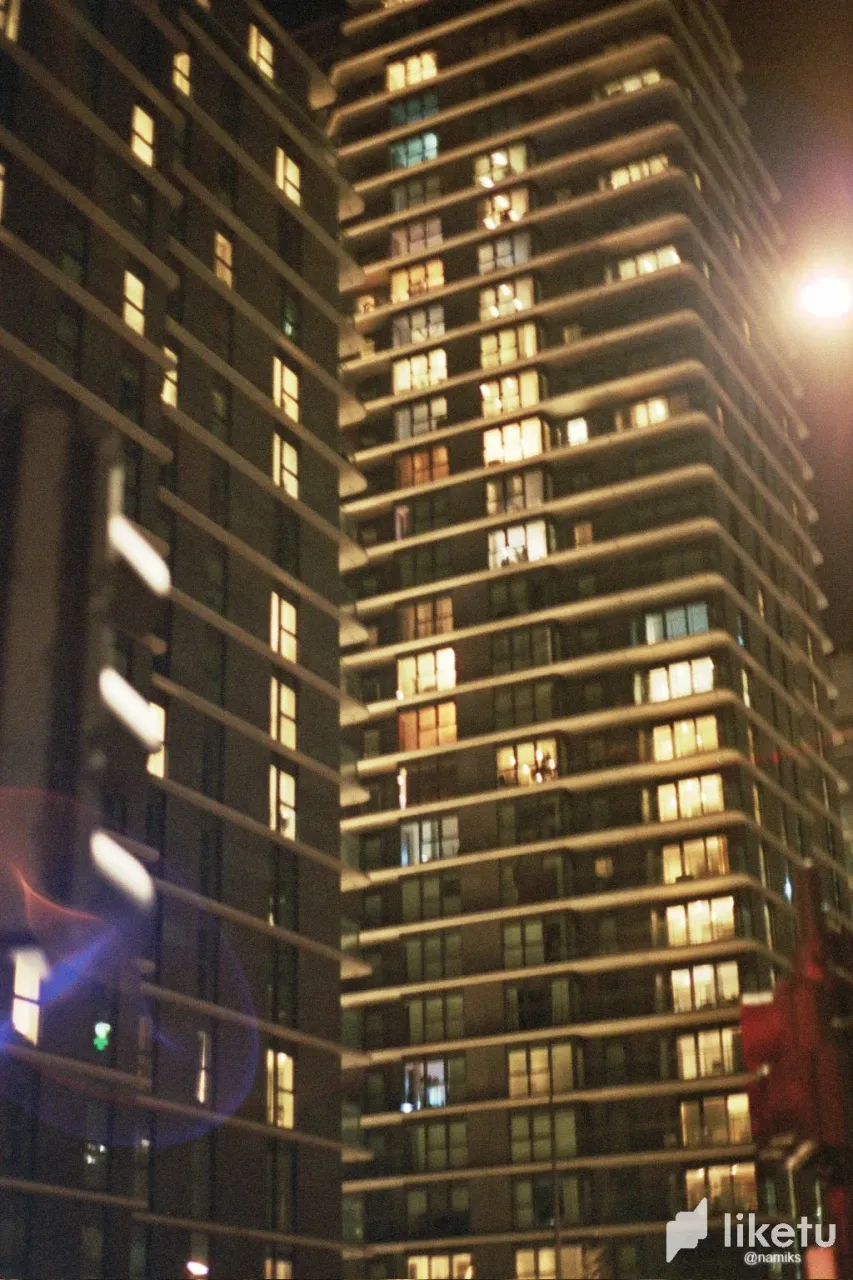
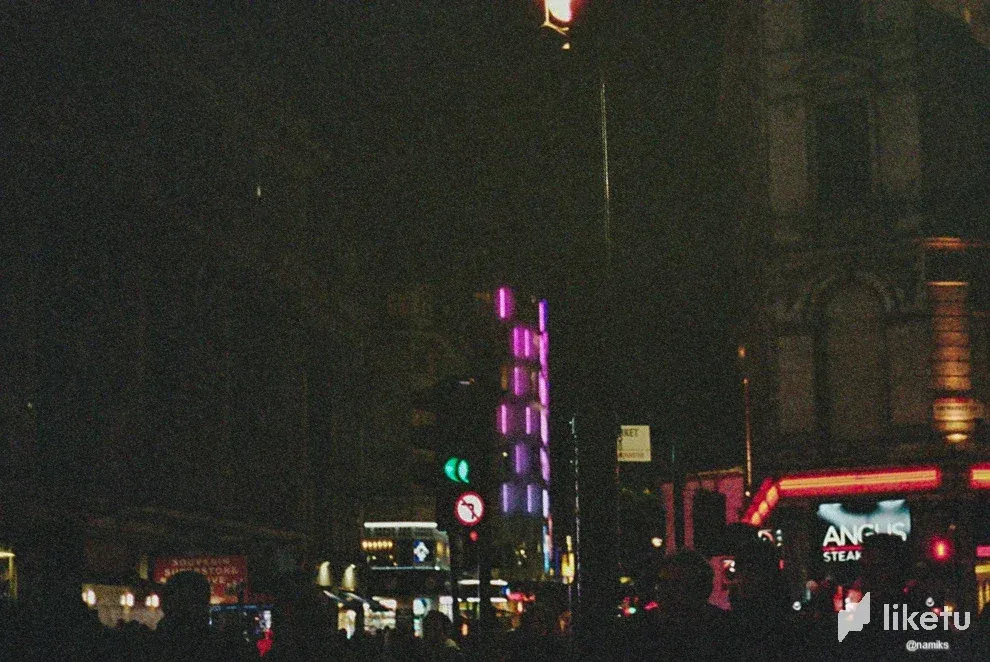
Shooting at night is one of my favourite things. To roam the city streets both chaotic and empty in search for something that stands out, much of the city's features coming out under the artifical lights that throw tones of blue, purple, red, and orange into the night. I always loved the look of 35mm film photography at night because of this. The harsh grain, the focus on lighting, colour, and composition that made everyday locations look much more warm and appealing. Starting off, I was still getting familiar with my Canon AE-1 and shooting film. The price of film back then also didn't require requesting a loan just to afford it. I would get out and experiment often, trying not to waste film but knowing I would either come out having managed to learn something new and had some fun, or had some fun and created some failures.
Getting into photography for me was all about failure and experimenting. I didn't start with a digital camera that allowed for automatic features and endless retakes if the photograph didn't turn out as intended. Film was my introduction to photography; and I had no idea what I was doing. For the most part I would shoot Kodak Colorplus 200 film stock since it was cheap, 36 shots for a price often around £2.50 - £3.50 per roll. I liked the tones of Colorplus given the price, but the downside was that 200 ASA. Eventually I started to purchase up some Kodak Portra 400 rolls, though few and far between given the slightly higher cost.
I would experiement with 200 ASA and 400 ASA at night, sometimes fighting the camera to get that light in. Pushing the shutter speed as low as it could go, discovering that night photography on 200 and 400 ASA was a skill to be obtained through very steady hands. These photographs are some of those attempts as I was learning, and failing. You can see my hands were not steady enough to counter the long shutter speed, or perhaps the composition just didn't work. To this day I still get photographs in my rolls of film like this. The inevitable failure because something somewhere just didn't work out. I quite enjoy seeing it, since it shows the attempts, the discovery, and the progression in photography. How someone can try and fail, and be stuck with a reminder of what went wrong.
With digital I think this is less likely. In the moment you have your viewfinder to show you what is wrong, with incredibly powerful sensors that can deal with low light conditions with minimal noise. You can simply delete the image and try again in real-time. I keep these failed 35mm film photographs still as a memory of those moments. Perhaps that aren't really worthy of being shared, but snippets of time as I roamed the Earth with my camera, trying to find unique ways to capture it with the limitations of film stock. Part of the fun is having these attempts, seeing what I was thinking at that moment, perhaps the photograph still has potential and just requires a fresh mind and another visit to that location!